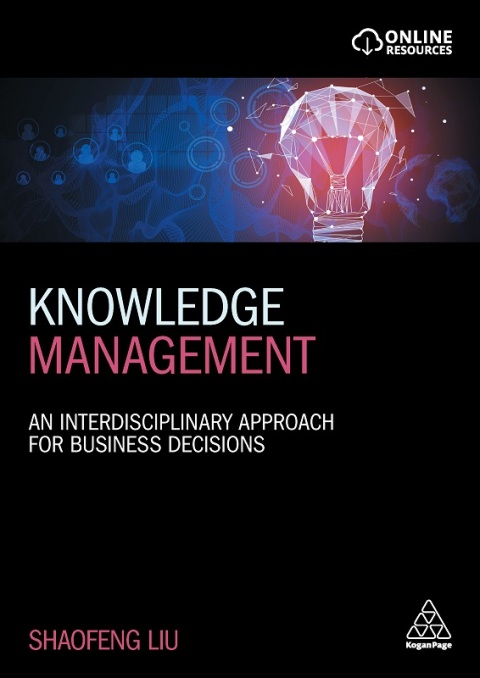Description
Efnisyfirlit
- Cover
- Praise for Knowledge Management
- Titlepage
- Contents
- List of figures and tables
- About the author
- Preface
- Acknowledgements
- List of abbreviations/acronyms
- Guide to the book
- Part One Knowledge management – key concepts and models
- 01 Introduction to knowledge management
- 1.1 What is knowledge and knowledge management?
- 1.2 The value in knowledge and knowledge management
- 1.3 Knowledge management approaches
- 1.4 Knowledge management – an interdisciplinary framework
- Key learning points
- Review questions
- References
- 02 Tacit and explicit knowledge
- 2.1 Knowledge classification
- 2.2 SECI model (tacit and explicit knowledge conversion)
- 2.3 Ba theory (knowledge space)
- Key learning points
- Review questions
- References
- 03 Knowledge management process and lifecycle models
- 3.1 Key knowledge management process stages
- 3.2 Knowledge management lifecycle models
- Key learning points
- Review questions
- References
- Part Two Building knowledge competence in organizations
- 04 Organizational learning
- 4.1 From individual through group/team to organizational leaning
- 4.2 Organizational learning frameworks
- 4.3 Learning cycles – single, double and triple loop learning
- 4.4 Management of organizational memory
- Key learning points
- Review questions
- References
- 05 The learning organization
- 5.1 Definitions of a learning organization
- 5.2 Theoretical models for developing learning organizations
- 5.3 Cross-cutting themes across different learning organization models
- Key learning points
- Review questions
- References
- 06 Organizational culture for knowledge sharing and learning
- 6.1 Concept of organizational culture
- 6.2 Classification of organizational culture
- 6.3 Impact of organizational culture on knowledge sharing and organizational learning
- 6.4 Creating organizational culture to foster knowledge sharing and organizational learning
- Key learning points
- Review questions
- References
- Part Three Crossing knowledge boundaries
- 07 Communities of practice
- 7.1 Definitions, features and lifecycle of communities of practice
- 7.2 Types of CoP
- 7.3 Can CoPs be managed?
- 7.4 What a successful CoP looks like and how to build one
- Key learning points
- Review questions
- References
- 08 Knowledge boundaries and boundary-spanning mechanisms
- 8.1 Knowledge boundaries
- 8.2 Boundary-spanning mechanisms
- 8.3 Boundary-spanning knowledge activities in industrial applications
- Key learning points
- Review questions
- References
- 09 Knowledge networks
- 9.1 Introduction
- 9.2 Network structural properties
- 9.3 Relational properties
- 9.4 Nodal properties
- Key learning points
- Review questions
- References
- 10 ICT-enabled knowledge management: Internet of Things and big data analytics
- 10.1 Linking knowledge management and ICT
- 10.2 Internet of Things and knowledge management
- 10.3 Big data analytics and knowledge management
- Key learning points
- Review questions
- References
- Part Four Knowledge support for business decision making
- 11 The business decision context
- 11.1 Business environments that challenges business decisions
- 11.2 Links between different aspects of business and associated decisions
- 11.3 Business decisions at different levels
- Key learning points
- Review questions
- References
- 12 Human decision-making processes and knowledge requirements
- 12.1 Concepts of decision making
- 12.2 Different decision process models
- 12.3 Calling for knowledge support in decision making
- Key learning points
- Review questions
- References
- 13 Knowledge-based decision support systems
- 13.1 From DSS to KB-DSS
- 13.2 Key technologies for knowledge modelling and knowledge reasoning
- 13.3 KB-DSS applications
- Key learning points
- Review questions
- References
- Index
- Copyright






